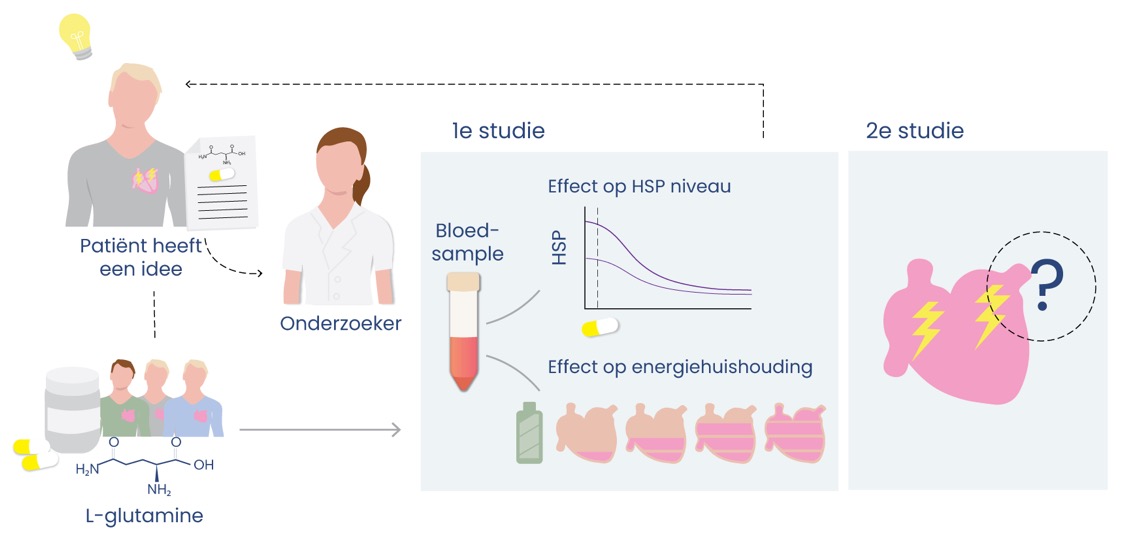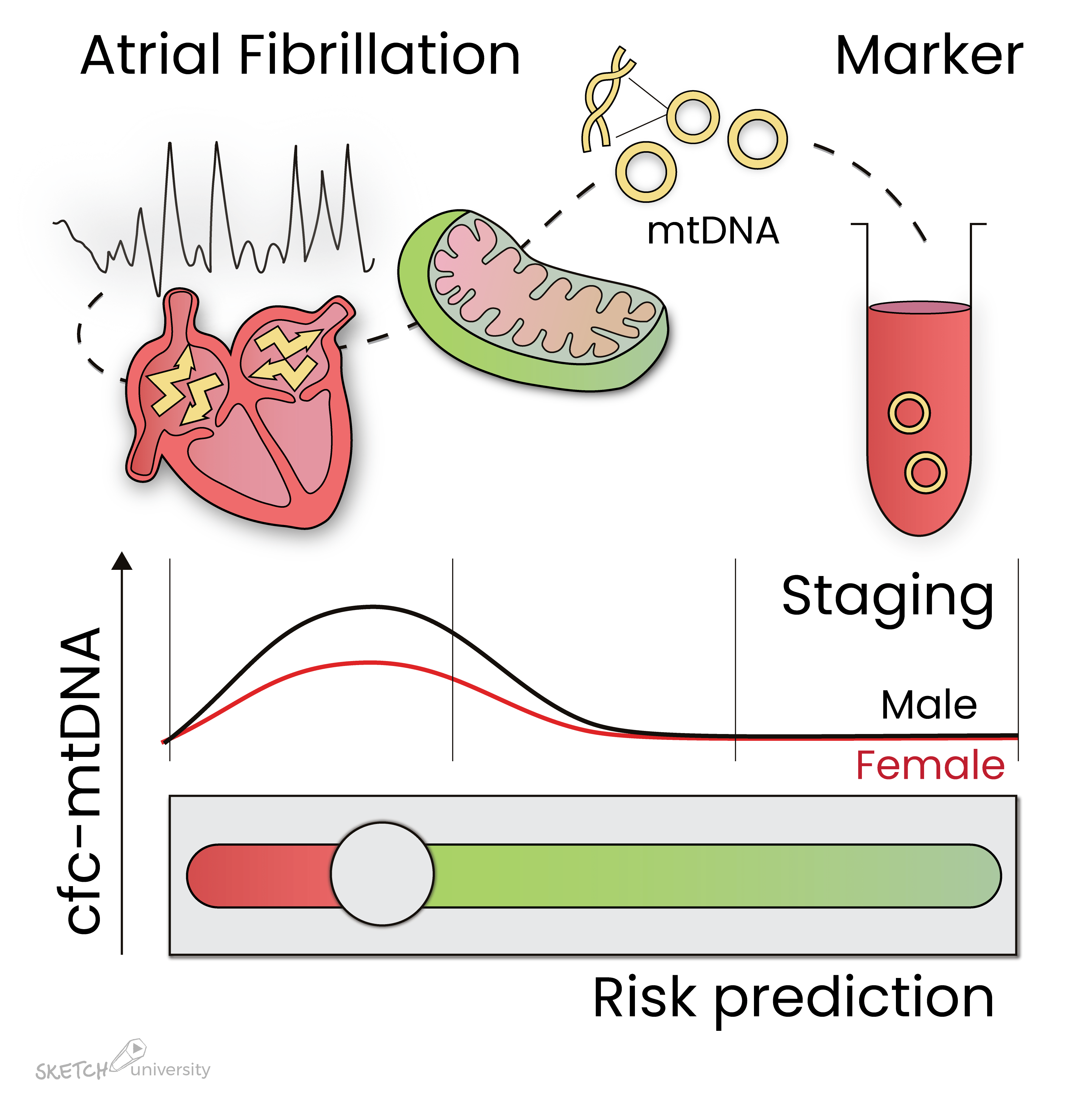Innovative Approaches to Treat Atrial Fibrillation: From Bench to Bedside
Guest Editors: Prof. Bianca Brundel AmsterdamUMC and founder of AFIP, and Dr. Xun Ai, Rush University Chicago
Atrial fibrillation (AF), the most common progressive cardiac rhythm disorder, is present in 2-3% of the Western population and associated with common risk factors, such as advanced age, hypertension, diabetes and obesity. As AF may result in serious complications, including stroke and heart failure, this arrhythmia induces a tremendous economic burden for the individual and society.
Due to its progressive nature, patients often undergo transition from paroxysmal AF to persistent and longstanding-persistent AF. Importantly, failure rates of AF therapy in persistent and long-standing persistent AF are high.
Although AF was originally described as an ‘electrical’ (ion-channel) disease related to changes in atrial refractoriness, various studies reveal that AF induces structural remodeling of the myocardium, which, in turn, impairs electrical activation and conduction of the atria (‘electropathology’).
This new concept of AF, that structural changes underlie electrical remodeling, explains why the current drug therapies directed at refractoriness show limited efficacy. Moreover, this new concept indicates that it is important to direct research at uncovering of molecular pathways underlying structural (cardiomyocyte) remodeling in order to develop more mechanism-related effective AF therapies.
Hereto, new and innovative research approaches are required, which are prone to genetic and pharmacological manipulations and hence enable identification of key modulators of structural and functional (contraction, electrical conduction) remodeling.
These approaches may include but are not limited to:
1) Development of novel experimental model systems prone to manipulations, such as cardiomyocyte, Drosophila, animal model systems;
2) Design of high density (optical, electrical) mapping systems to enable structural and electrical associations;
3) (High-throughput) genetic screening systems to identify key modulators involved in remodeling;
4) Application of (epi)genomics, transcriptomics, metabolomics, kinomics to uncover molecular pathways.
Implementation of innovative approaches in AF research will broaden our knowledge on mechanisms driving this arrhythmia and may help to design novel diagnostic tools and (pharmacological) treatment strategies.
Read more about these innovative approaches via the frontiers website.
Do you know someone who might be interested in this?






